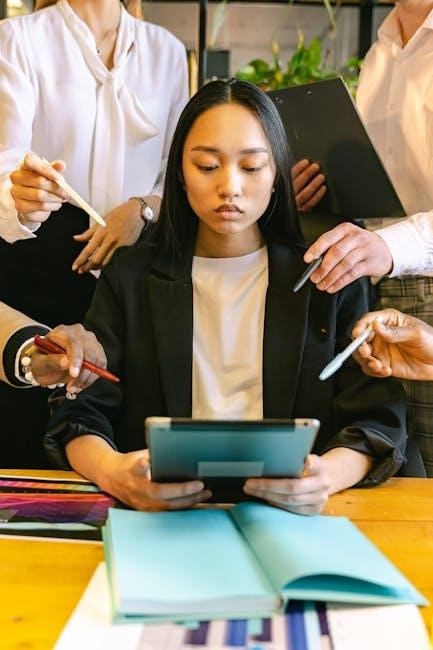Learn to create unique quilts with using small fabric scraps and simple sewing techniques, making it easy for beginners to get started with quilting projects quickly and efficiently always.
What is Crumb Quilting
Crumb quilting is a sewing technique that allows quilters to create new fabric from small pieces of scrap fabric, making it a great way to reduce waste and get creative with leftover materials. This method involves sewing together small fragments of fabric to form a larger piece, which can then be used for various quilting projects. The process of crumb quilting is quite flexible, as it doesn’t require specific shapes or sizes of fabric, making it perfect for using up odd-shaped scraps. By using crumb quilting, quilters can add a unique touch to their projects and create one-of-a-kind quilts that showcase their creativity and resourcefulness. The resulting fabric can be used for a variety of applications, from quilting and sewing to crafting and home decor. With its emphasis on sustainability and creativity, crumb quilting has become a popular technique among quilters and crafters alike, offering a fun and rewarding way to breathe new life into old fabric scraps. Crumb quilting is a great way to think outside the box and come up with innovative solutions for using up scrap fabric.
Benefits of Crumb Quilting
Crumb quilting offers numerous benefits to quilters, including the ability to reduce waste and save money by using up small scraps of fabric that would otherwise be discarded. This technique also allows quilters to be more creative and flexible in their designs, as they can experiment with different colors, textures, and patterns. Additionally, crumb quilting can be a great way to add visual interest and depth to a quilt, as the small pieces of fabric can create a unique and intricate design. By using crumb quilting, quilters can also develop their problem-solving skills and think outside the box to come up with innovative solutions for using up scrap fabric. Overall, crumb quilting is a fun and rewarding technique that can help quilters to produce beautiful and unique quilts while also reducing waste and promoting sustainability. With its many benefits, crumb quilting has become a popular technique among quilters of all levels, from beginners to experienced crafters. Crumb quilting is a great way to challenge yourself and try something new.
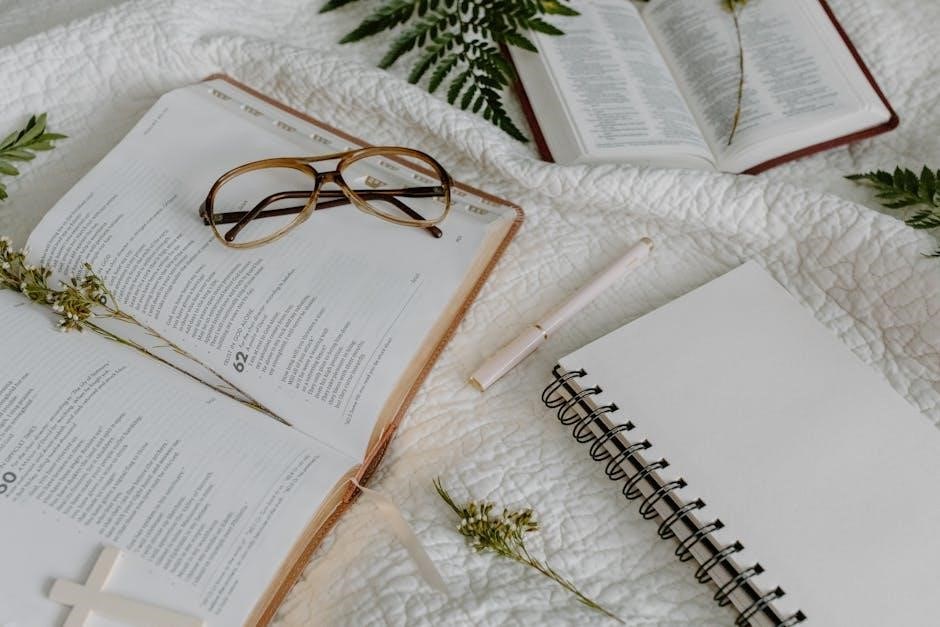
Materials Needed for Crumb Quilting
Basic sewing supplies and fabric scraps are required for crumb quilting projects always needed.
Basic Materials
To start a crumb quilting project, you will need some basic materials, including a sewing machine, threads, and fabric scraps. The fabric scraps can be of any size, shape, or color, making it a great way to use up leftover fabrics from other projects. You will also need a piece of backing fabric and some batting to complete the quilt. Additionally, you may want to have some rotary cutting tools and a mat to help you cut and arrange your fabric scraps. It is also a good idea to have a iron and ironing board to press your seams as you go. With these basic materials, you can start creating your own unique crumb quilt. The type of fabric you use can vary, but cotton is a popular choice for quilting. You can also use other types of fabric, such as wool or silk, to create a more luxurious quilt. Having the right materials will make the process of creating a crumb quilt much easier and more enjoyable.
Optional Materials
Some optional materials that can be used to enhance your crumb quilting project include embroidery floss, yarn, or other decorative threads. These can be used to add additional stitching or embellishments to your quilt, giving it a more personalized touch. You may also want to consider using different types of batting, such as wool or silk, to add extra texture and warmth to your quilt. Additionally, you can use various types of fabric, such as flannel or fleece, to create a more cozy and plush quilt. Other optional materials include quilt bindings, labels, and hanging sleeves, which can be used to finish and display your quilt. These materials can help to add a professional touch to your finished quilt and make it more durable. By using these optional materials, you can take your crumb quilting project to the next level and create a truly unique and beautiful piece of art. With a little creativity, the possibilities are endless.
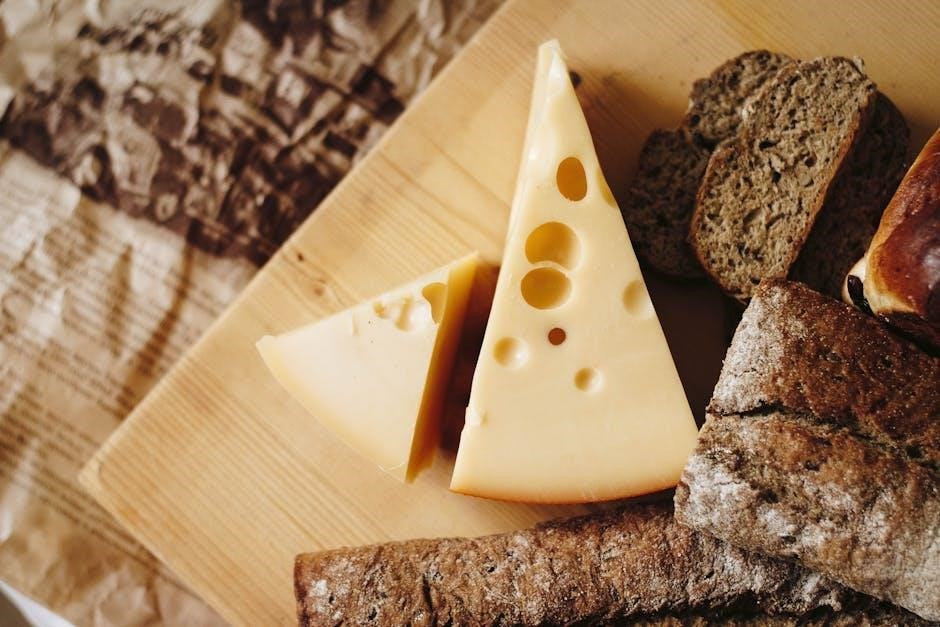
The Crumb Quilting Process
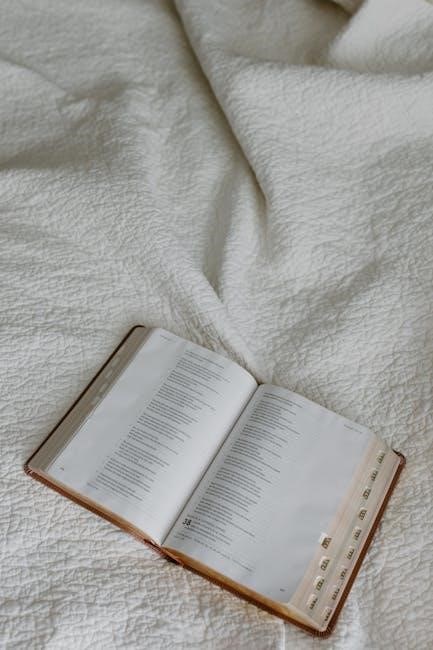
Start with a plan, then sew and piece together small fabric scraps into blocks, using a sewing machine or longarm, to create a unique quilt top quickly and efficiently always using scraps.
Laying Out the Fabric
To begin the crumb quilting process, start by laying out the backing fabric and batting on a flat surface, such as a table or floor, making sure to smooth out any wrinkles or creases.
This will provide a stable foundation for the quilt, allowing for accurate piecing and sewing of the crumb blocks.
The backing fabric should be large enough to accommodate the finished quilt, with a few extra inches around the edges for trimming and binding.
The batting should be cut to the same size as the backing fabric, or slightly larger, depending on the desired loft and texture of the finished quilt.
By laying out the fabric in this way, quilters can ensure a professional-looking finish and a comfortable, cozy quilt that will be enjoyed for years to come, with a unique and personalized touch.
Using a rotary cutter and mat, quilters can trim the fabric and batting to the desired size, and then begin piecing the crumb blocks together, using a sewing machine or longarm.
This process can be repeated multiple times, with different fabrics and colors, to create a truly one-of-a-kind quilt.
With patience and practice, quilters can master the art of laying out the fabric and create beautiful, intricate quilts that showcase their skills and creativity.
Adding the Crumb Quilt Blocks
Once the fabric is laid out, the next step is to add the crumb quilt blocks, which are small, irregularly-shaped pieces of fabric sewn together to create a larger block.
These blocks can be made from scraps of fabric, making the crumb quilt a great way to use up leftover material.
The blocks are sewn together in a random, improvisational manner, allowing quilters to be creative and flexible with their design.
As the blocks are added, the quilt begins to take shape, with the different fabrics and colors coming together to create a unique and interesting pattern.
The crumb quilt blocks can be sewn together using a variety of techniques, including strip piecing and log cabin construction.
By adding the crumb quilt blocks, quilters can create a quilt that is both beautiful and sustainable, using up scraps of fabric that might otherwise be wasted.
This process allows quilters to think outside the box and create something truly original and personalized, with a handmade touch that reflects their individual style and creativity.
With each block added, the quilt grows and evolves, becoming a one-of-a-kind masterpiece.
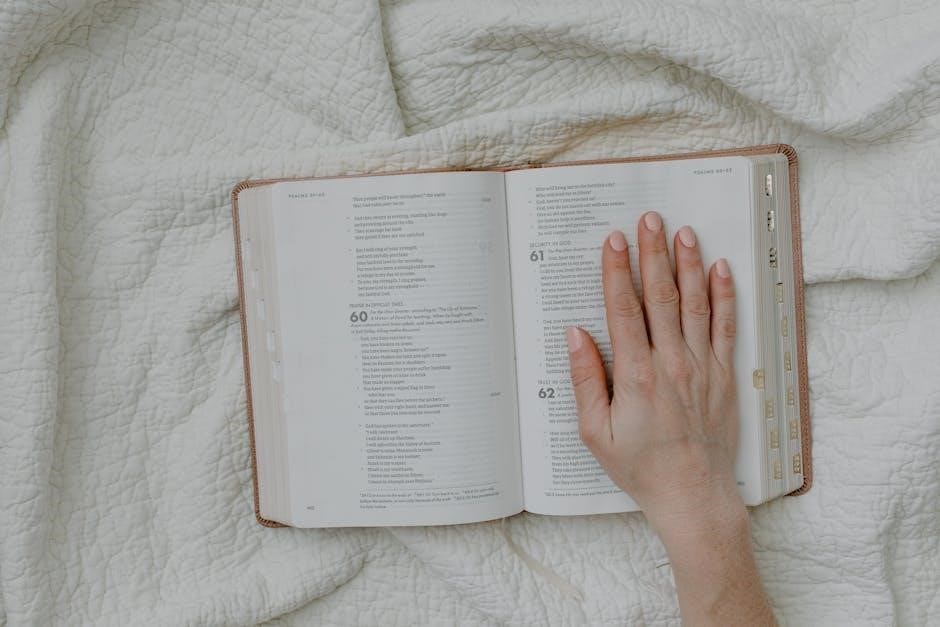
Finishing the Quilt
Completing the quilt requires careful attention to details, ensuring a professional finish always using proper techniques and materials for a beautiful result every time with great skill.
Top Stitches
To add a decorative touch to the crumb quilt, top stitches can be used to create a 3D texture and give the quilt a handmade look. This involves sewing stitches between the seams to add depth and visual interest. The type of stitch used can vary, from simple straight stitches to more complex decorative stitches. The key is to choose a stitch that complements the overall design of the quilt and enhances its appearance. By adding top stitches, the quilter can add an extra layer of detail and personality to the quilt, making it truly unique. The stitches can be sewn by hand or using a sewing machine, depending on the desired level of complexity and the quilter’s preference. With the right stitches, the crumb quilt can be transformed into a beautiful and eye-catching piece of art. The stitching process can be time-consuming, but the end result is well worth the effort.
Final Touches
The final touches on a crumb quilt involve adding any last-minute details to complete the project. This can include trimming excess threads, inspecting the quilt for any mistakes or imperfections, and making any necessary repairs; The quilter may also want to add a label or signature to the quilt, providing information about the quilt’s creation and the quilter’s identity. Additionally, the quilter can consider adding a sleeve or hanging device to the quilt, making it easy to display on a wall or hang in a closet. With the final touches complete, the crumb quilt is now ready to be used and enjoyed. The quilter can take pride in their creation, knowing that they have transformed small scraps of fabric into a beautiful and unique work of art. The finished quilt can be used as a decorative piece, a functional blanket, or a thoughtful gift for a loved one.
